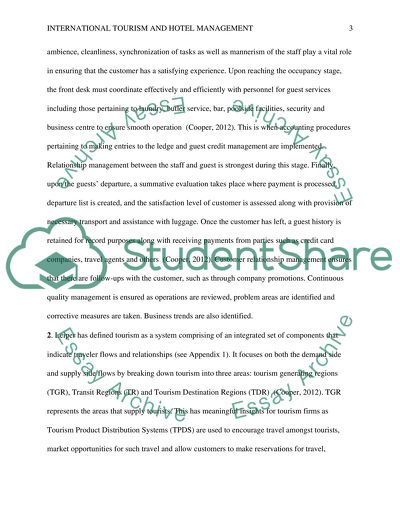International Tourism and Hotel Management Essay. Retrieved from https://studentshare.org/tourism/1479918-1-describe-the-stages-of-the-guest-cycle-related-to-tourists-stay-at-hotel-describe-the-key-functions-and-relationships-tha
International Tourism and Hotel Management Essay. https://studentshare.org/tourism/1479918-1-describe-the-stages-of-the-guest-cycle-related-to-tourists-stay-at-hotel-describe-the-key-functions-and-relationships-tha.


